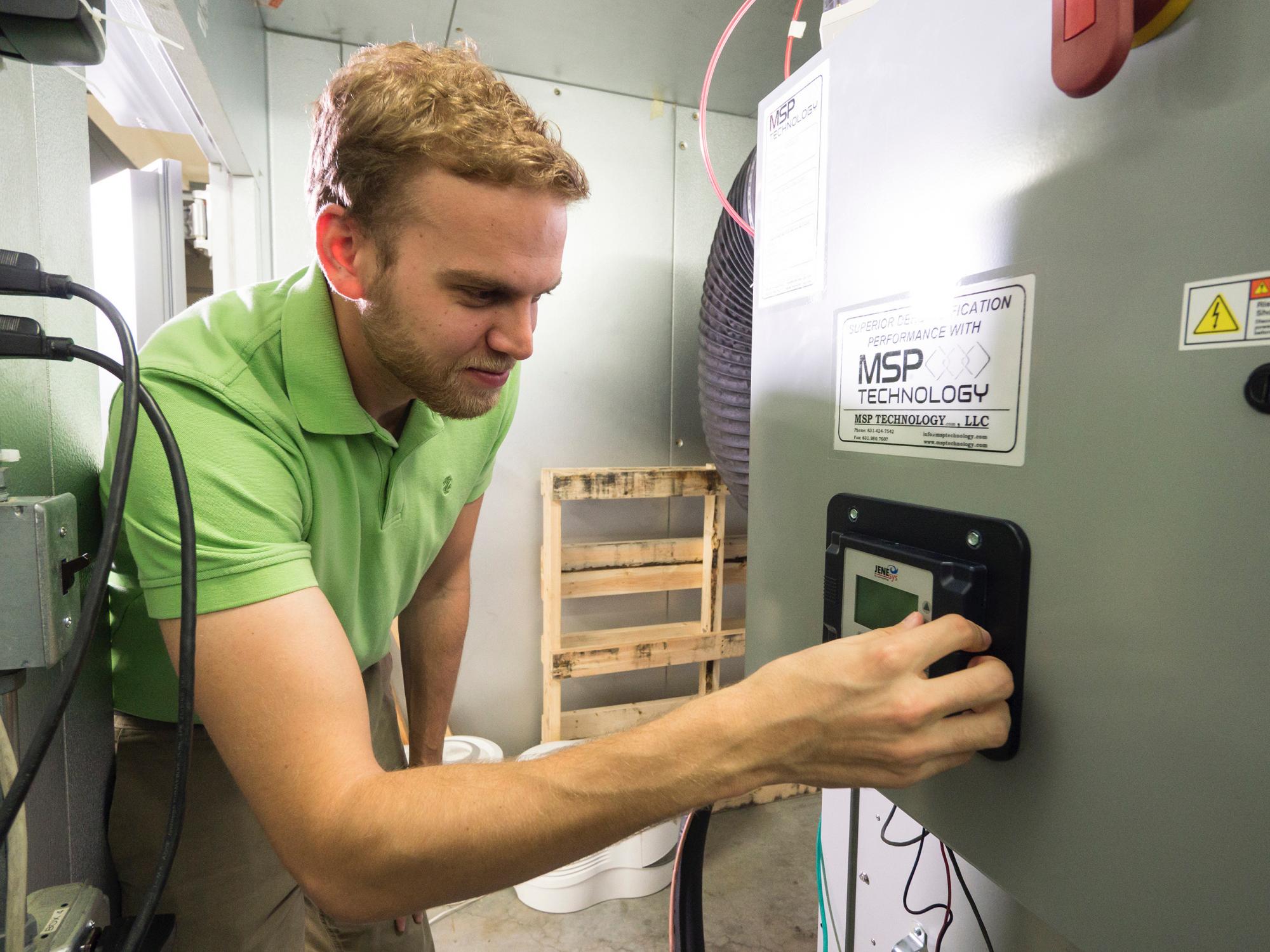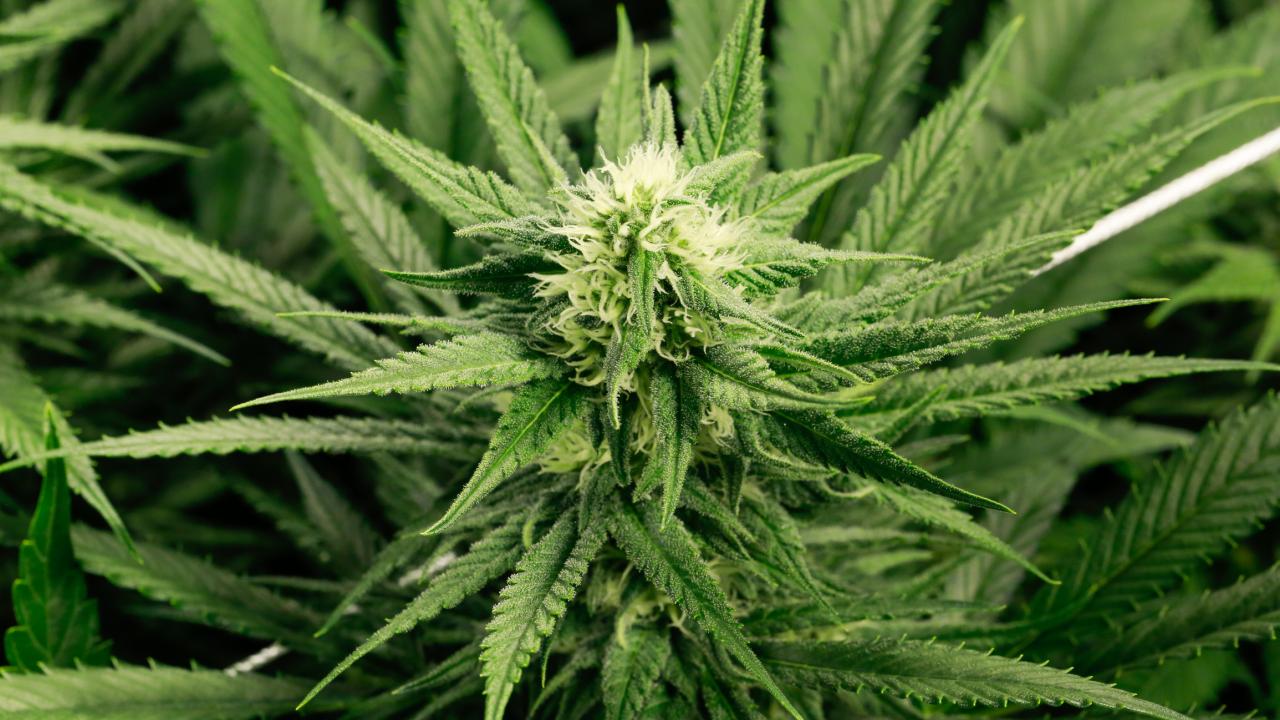Quick Summary
- Energy use expected to spike in California with legalization of recreational marijuana
- Engineers tested equipment to make growing indoor cannabis more energy-efficient
- Dehumidification system could reduce grow house energy 30-65 percent
- Engineers say more solutions exist and should be explored
If Colorado’s experience is any indication, energy use is expected to spike with the recent legalization of recreational marijuana in California, much as it did when data centers sprang up throughout the state.
For example, just two years after Colorado legalized recreational marijuana in 2012, grow houses consumed about 2 percent of the power supply in Denver alone.
In anticipation of this new demand, a team of researchers from the Western Cooling Efficiency Center at UC Davis lab-tested equipment designed to reduce the energy demand of this rising new industry. Their results are published in an online case study.
Pot-Growing a Power-Hungry Process
Indoor grow houses for cannabis cultivation have unique design considerations, yet state standards and best practices for facility design are lacking. Grow houses often feature multiple, portable dehumidifiers. While these systems remove water from the room, they also create additional heat. Separate, additional air conditioning is then needed to remove the excess heat, making for a power-hungry, inefficient growing process.

The researchers developed a model of a typical grow house and tested a new dehumidifier built by the New York-based company MSP Technology. The scientists found the system could save 30 to 65 percent of the energy a grow house uses for dehumidification and cooling. It also reuses 100 percent of the water it removes from the air to water plants.
‘A Legitimate Engineering Problem’
“The technology we tested is one potential solution but not the only solution,” said Theresa Pistochini, senior engineer at the Western Cooling Efficiency Center at UC Davis. “We need to acknowledge this as a legitimate engineering problem that needs to be solved.”
MSP’s dehumidifier uses a plate heat exchanger combined with an air conditioning process that efficiently dehumidifies while transferring the heat outdoors.
“We want to start creating best practices for this industry as it develops,” Pistochini said. “It’s hard to retrofit after the fact. It’s better to build it right the first time. There are solutions out there if one goes looking.”
The lab testing was funded by Xcel Energy, an energy utility company in the West and Midwestern U.S.
Media Resources
Theresa Pistochini, UC Davis Western Cooling Efficiency Center, 530-752-3262, tepistochini@ucdavis.edu
Paul Fortunato, UC Davis Western Cooling Efficiency Center, 530-752-0280, pfortunato@ucdavis.edu
Kat Kerlin, UC Davis News and Media Relations, 530-750-9195, kekerlin@ucdavis.edu
Walter Stark, 631-424-7542 x101, wstark@msptechnology.com
